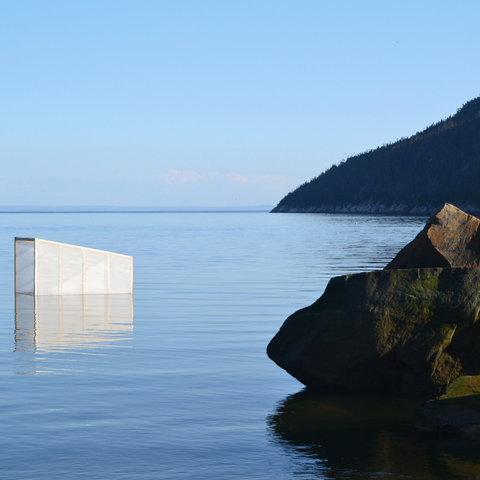TEXT : Catherine Métayer
PHOTOS : Tim Flach
Until only a few decades ago, we didn’t regard nature as being vulnerable. We considered it to be a vast and powerful force. Today, we have destroyed so much of the natural world that, internationally, biologists predict half of the living species on this planet will face extinction by 2050. This will be a direct consequence of viral disease, introduced species, habitat loss, illegal hunting and trading, pollution, and climate change.
Today, in the United States, Canada, and elsewhere, hundreds of species are backlogged. Protection agencies aren’t even capable of dealing with the species that are already designated as endangered. In the meantime, the others are left waiting—unprotected.
What’s more, our will to protect living creatures is far from rational; it’s rooted in unevenly distributed empathy. Take "celebrities” of the wild, like the polar bear or the Bengal tiger. These species have quickly gone from being feared to being unbearably vulnerable in our collective consciousness. Meanwhile, many less notorious species are in dire need of intervention. Rather than simply abandoning these animals, we too must put them in the spotlight, before they are lost forever.

White-bellied pangolins live across Asia and Africa. They are shy, mostly nocturnal, and curl into a ball when frightened, showing off their armor of keratin scales. More than one million pangolins were illegally traded over the past ten years, making them the most trafficked mammal in the world. As a result, two of its four species are critically endangered.

The Philippine eagle is one of the world's largest eagles, and it requires at least 7,000 hectares of forest to survive. Endemic to the Philippines, it became the national bird in 1995 despite it being threatened by hunting and deforestation. It is estimated that there are roughly 400 couples left in the wild.

Marine iguanas can only be found in the Galápagos. They forage in the ocean and live on algae. To get rid of some of the salt in their diet, they sneeze it out in small crystals. Their population keeps shrinking as they struggle to cope with the surges of El Niño, the introduction of new predators like cats or rats into their habitat, and to catastrophic events like the diesel spill of 2001.

Saigas are an immensely resilient survivor of the ice age. Their noses have evolved to warm up air in the winter and filter out dust in the summer. They have been hunted since prehistoric times for their meat and horns, but a 2015 pandemic infection in Central Europe caused by warmer weather, almost decimated their entire population.

Crowned sifakas have an exuberant way of balancing themselves between trees, with their arms flinging sideways. They require tall trees to nest and feed, and they suffer greatly from habitat change as forests are being depleted. Today, they survive in forest fragments of Madagascar, rarely within internationally protected areas.

Pied Tamarins are 10 million years old. They live in family-style settings and practice polyandry (a rare phenomenon in which the alpha female engages with multiple males to produce annual offspring). They are endemic to a small portion of the Amazon rainforest, around the city of Manaus, in Brazil. As urban sprawl keeps encroaching on the tropical forest, tamarins, unable to adapt to urban life, are often killed by dogs, cars, and power lines.
---
Tim Flach’s photographic portraits of endangered species—some of which are showcased here—immediately spark a feeling of kinship with the animals, which helps us to see our commonalities. According to Dr. George Schaller, the biologist who introduces Flach’s recent monograph, Endangered, “conservation is based on emotion. It comes from the heart and one should never forget that."





